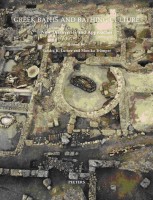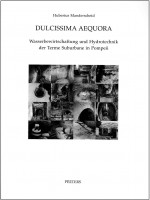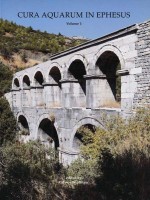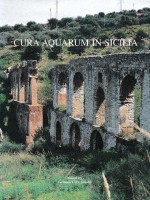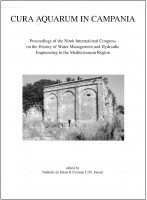Frontinus-books at BABESCH
BABESCH - Annual Papers on Mediterranean Archaeology - formerly Bulletin Antieke Beschaving - is the publication organ of the Dutch BABESCH Foundation, published by the Belgian Peeters Verlag, Leuven. Several BABESCH supplementary volumes also cover the archaeological spectrum of the Frontinus Society.
Since 1994/96, publications of archaeological conferences in which the Frontinus Society was involved or was the organiser have appeared as BABESCH Supplementary Volumes. In addition, central book publications of the Frontinus-Society are also published in the series of Babesch-Supplement-Bände.
These publications are available to members at special rates from the Frontinus office in addition to the Peeters publishing house. In this section you will also find other BABESCH-Supplement publications on ancient water culture, which can be obtained from bookstores or from Peeters publishing house.
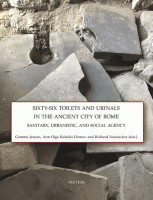
SIXTY-SIX TOILETS AND URINALS IN THE ANCIENT CITY OF ROME
Jansen, G.C.M., Koloski-Ostrow, A.O., Neudecker R.
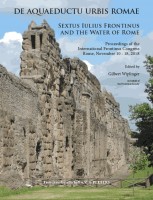
DE AQUAEDUCTU URBIS ROMAE - SEXTUS IULIUS FRONTINUS AND THE WATER OF ROME
Schriftenreihe der Frontinus-Gesellschaft - Supplementband 6
Wiplinger, G. - Frontinus-Gesellschaft
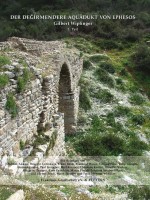
DER DEGIRMENDERE AQUÄDUKT VON EPHESOS Teil 1 und 2
Schriftenreihe der Frontinus-Gesellschaft - Supplementband 5
Wiplinger, G.

WASSERWESEN ZUR ZEIT DES FRONTINUS - Bauwerke - Technik - Kultur
40 Jahre Frontinus-Gesellschaft
Schriftenreihe der Frontinus-Gesellschaft - Supplementband 4
Letzner W., Wiplinger G. - Frontinus-Gesellschaft e.V.

DE AQUAEDUCTU ATQUE AQUA URBIUM LYCIAE PAMPHYLIAE PISIDIAE
The Legacy of Sextus Julius Frontinus
Wiplinger G., Frontinus-Gesellschaft e.V. - ÖAI / ÖAW
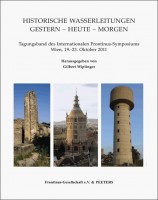
HISTORISCHE WASSERLEITUNGEN
Gestern - Heute - Morgen
Wiplinger G., Frontinus-Gesellschaft e.V. - ÖAI
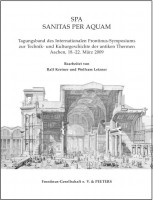
SPA - SANITAS PER AQUAM
Technik- und Kulturgeschichte der antiken Thermen
Kreiner R., Letzner W., Frontinus-Gesellschaft e.V.
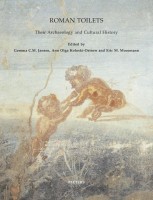
ROMAN TOILETS
Their Archaeology and Cultural History
Jansen G.C.M., Koloski-Ostrow A.O., Moormann E.M.

